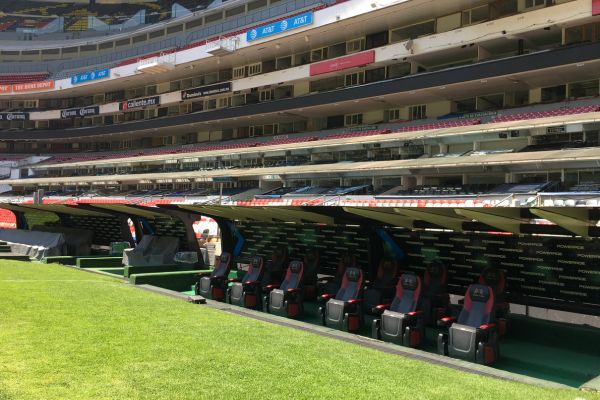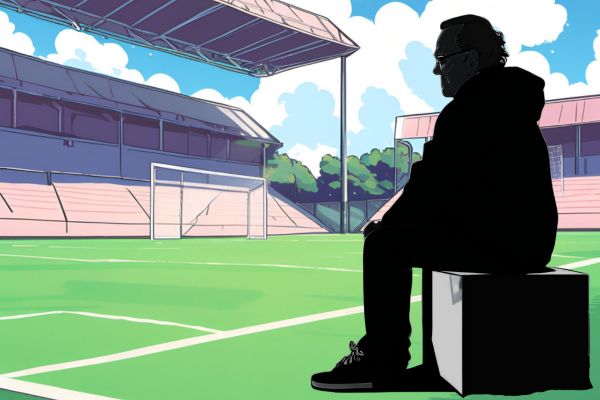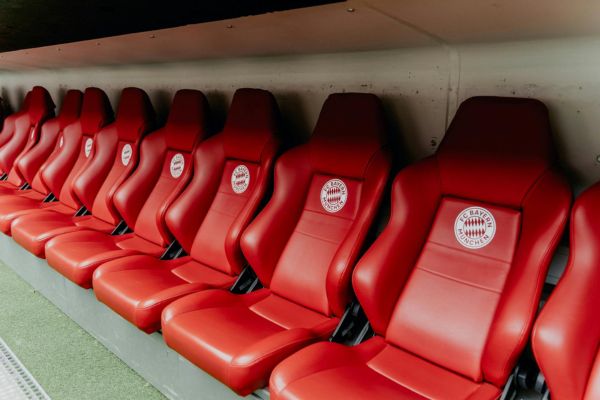Picture this: it’s 1999, and the cameras are snapping like mad at the City Ground in Nottingham. A figure strides confidently along the touchline in a cream overcoat, waving grandly at the stands. It’s none other than Big Ron Atkinson, freshly unveiled as Nottingham Forest's new manager. The press are ready to capture that iconic “Ron takes his seat in the home dugout” moment.
Only—he walks right past it.
Instead of entering the sunken, curved-roofed home dugout, Ron ducks into the away one, brushing shoulders with a very confused group of Arsenal substitutes. Flashbulbs pop. The press are baffled. For a few glorious minutes, Big Ron holds court in the wrong dugout before being gently ushered to his rightful seat.
It’s one of those wonderfully absurd football moments. But it also raises a good question:
Why is it even called a dugout?
A Name That Literally Came From the Ground Up
The word “dugout” isn't just a football quirk—it’s quite literal. In early 20th-century England, stadiums often dug trenches near the sidelines for coaches and substitutes to sit in. The idea was simple: lower the seats so fans behind them had an unobstructed view of the pitch. Practical? Absolutely. Comfortable? Not even close.
These early dugouts were muddy, cold, and exposed—little more than holes with benches. But they served their purpose and gave the dugout its name.
From Trenches to Tech Thrones

Over the decades, dugouts have transformed. The muddy pits of yesteryear gave way to above-ground enclosures with curved Plexiglas roofs and padded racing-style seats. Some, like those at Bayern Munich’s Allianz Arena or Mexico City’s Azteca Stadium, feel more like luxury lounges than touchline benches.
Old Trafford’s dugout sits slightly elevated within the crowd, giving Manchester United’s coaching staff a different vantage point. And in today’s Premier League, you’re more likely to find touchscreen tablets and heated seats than muddy boots and a Thermos flask.
Managers Who Do Things Differently

Of course, not every manager is content with a fancy chair. Enter Marcelo Bielsa. When managing Leeds United, he famously rejected plush seats in favor of... an upside-down blue bucket. Why? It let him crouch close to the action and maintain his tactical view of the pitch. Eccentric? Sure. Iconic? Definitely.
Whether it's Big Ron in the wrong dugout or Bielsa on his bucket, these moments add color to the quiet corners of the pitch that often go unnoticed.
Your Turn in the Dugout

The dugout isn’t just a zone for managers anymore—it’s become a destination. Most stadium tours let fans sit where the managers sit, feel the buzz from the touchline, and imagine barking out tactical orders. It’s a rare behind-the-scenes glimpse into matchday life.
(Interested? Check out our pages on football stadium tours to find one near you.)
A Final Whistle of a Thought...
To fully appreciate the dugout's journey from muddy trench to tactical command post, you only need to look at how it’s embedded in football folklore. It's where legends pace, decisions are made, and yes—where sometimes a legendary manager like Ron Atkinson ends up sitting in the wrong one.
So the next time you’re watching a match, take a second glance at that little area by the touchline. It has a deeper story than you think.
